September 2023 marked a decade since National Highways took over management of the Historical Railways Estate on the Department for Transport's behalf.
The HRE consists of around 3,100 legacy structures - including tunnels, viaducts, culverts and bridges - reminding us of the social revolution brought by the railway's arrival in the 19th century. Many of them still play important roles as part of wildlife corridors and have the potential to help us transition to greener forms of transport.
Here are ten of the landmark events that have defined National Highways' controversial - and largely unscrutinised - custodianship of these important heritage assets. More than 50 of them have been infilled - and an unknown number demolished - during that period.
Subject to Ministerial approval, the state-owned roads company intends to infill six structures and demolish a seventh during the current financial year. The long-term future of 137 other bridges and tunnels - previously threatened with infilling or demolition - remains unknown.
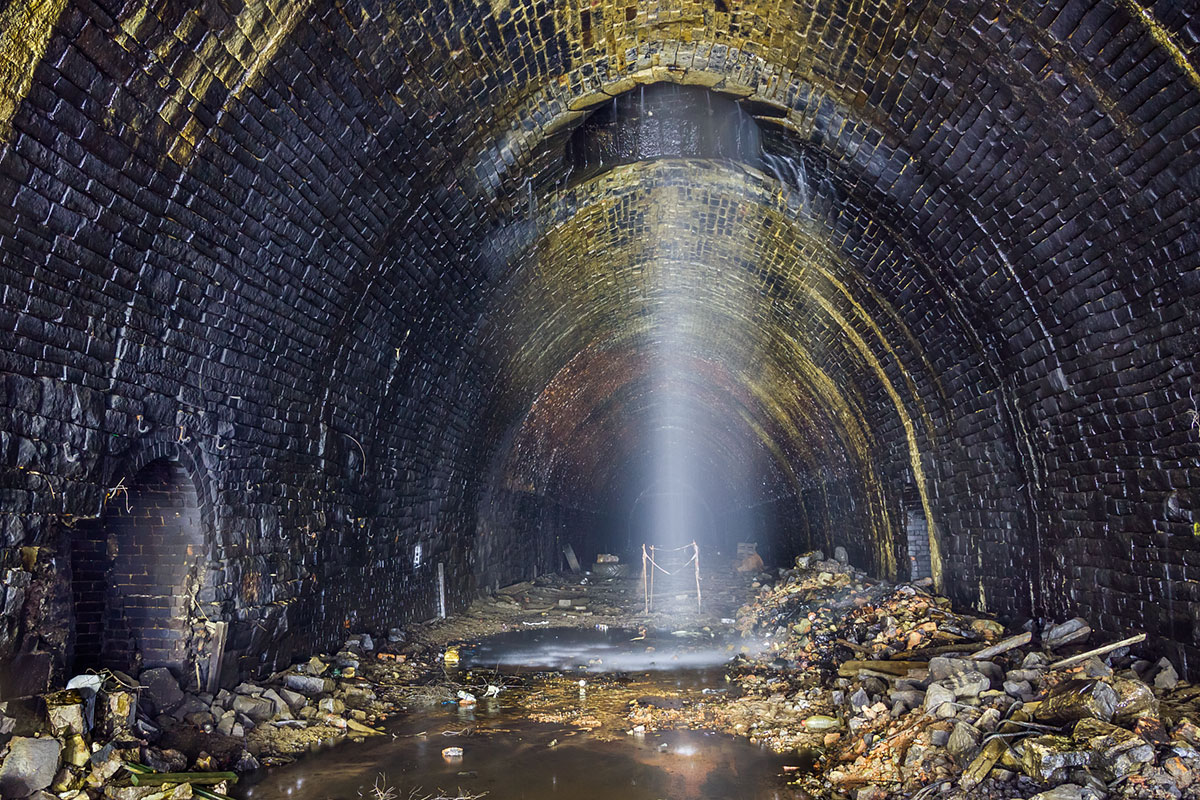
In February 2016, National Highways' consultants contrived an inflated repair costing for Queensbury Tunnel in West Yorkshire of £35.4M, seriously damaging prospects for the repurposing of what is probably the most strategically-valuable HRE structure and causing stakeholders to review their support for the scheme.
PHOTO: QUEENSBURY TUNNEL SOCIETY
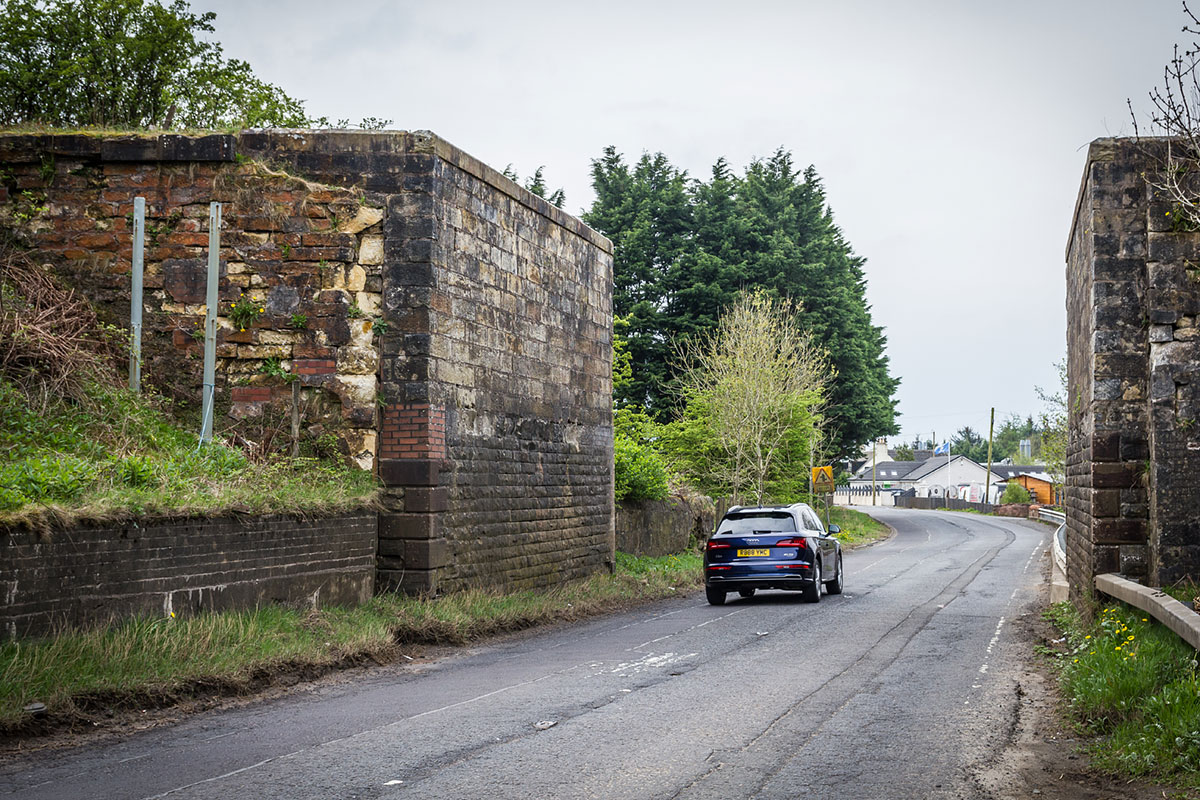
In 2016, National Highways produced a strategic plan for the future management of the Historical Railways Estate which, if implemented, could have resulted in the demolition of around 450 structures. Fortunately, their efforts to obtain a significant funding uplift for this destructive programme ultimately proved fruitless.
PHOTO: THE HRE GROUP
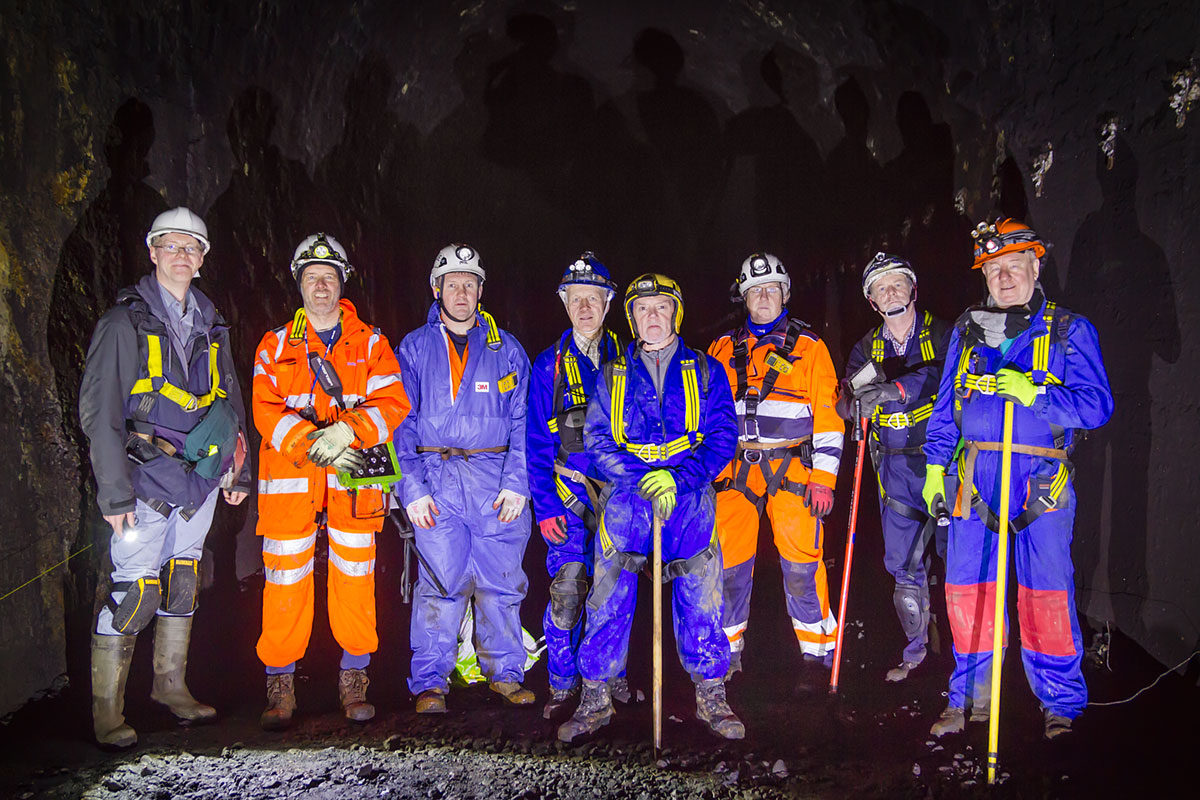
In spring 2018, National Highways facilitated a detailed examination of Rhondda Tunnel on behalf of the society seeking to reopen it as a much-needed transport connection - and economy-boosting tourist attraction - connecting the north end of the Rhondda and Afan valleys in south Wales. The project is stuck in a logjam due to issues around future ownership of the structure.
PHOTO: FORGOTTEN RELICS
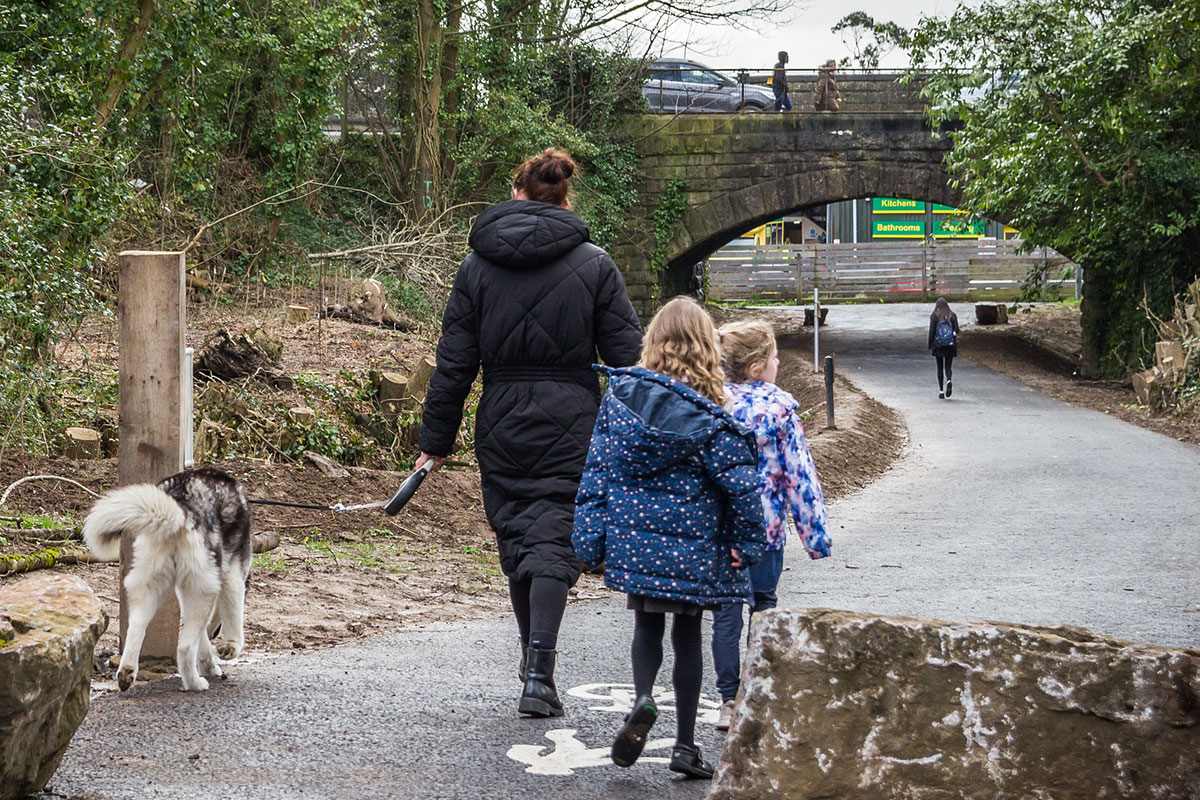
In 2018, National Highways objected to a planning application seeking permission to lay a section of the Strawberry Line active travel route under a bridge in Shepton Mallet carrying a busy road over the former railway trackbed. However, in 2023, it changed its mind and negotiated the granting of a licence to allow the work to go ahead.
PHOTO: THE HRE GROUP
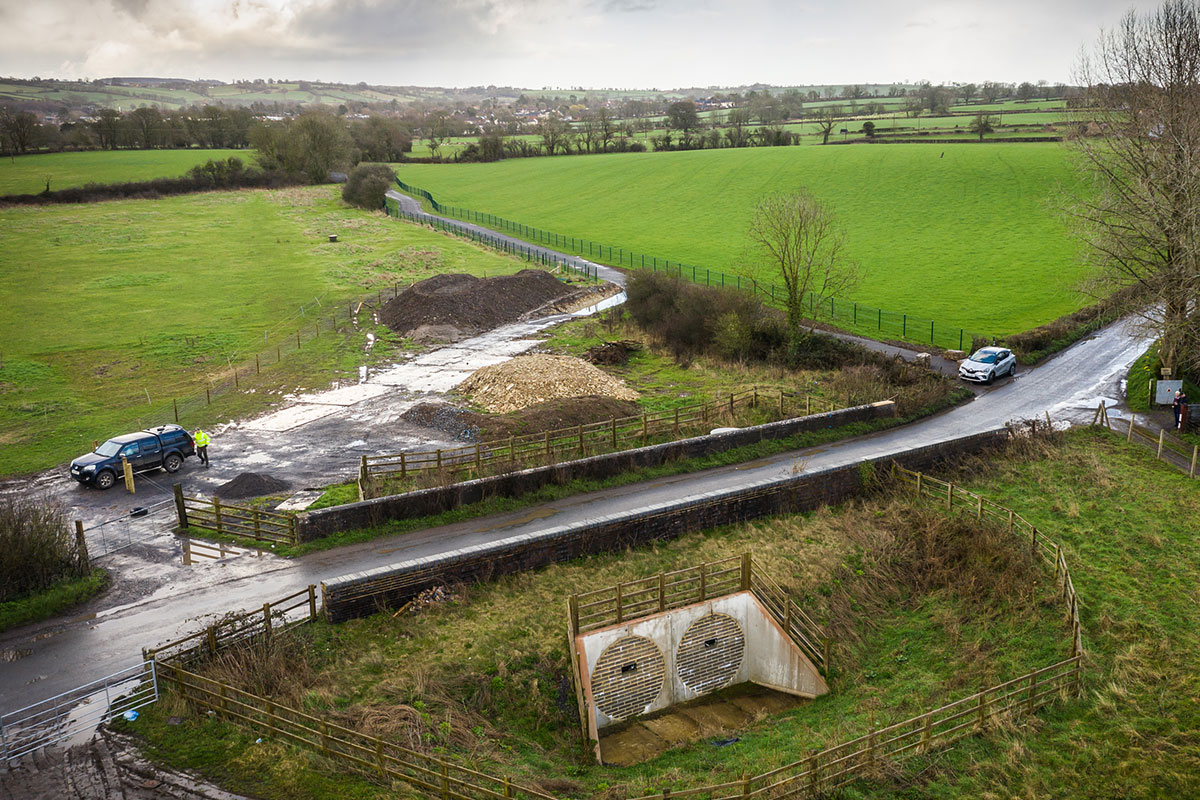
In 2019, National Highways spent £272K infilling Ridge Road bridge near Shepton Mallet, blocking longstanding plans to lay another section of the Strawberry Line under it. The company has since agreed to remove some of the infill, allowing active travellers to pass safely under this increasingly busy road.
PHOTO: THE HRE GROUP
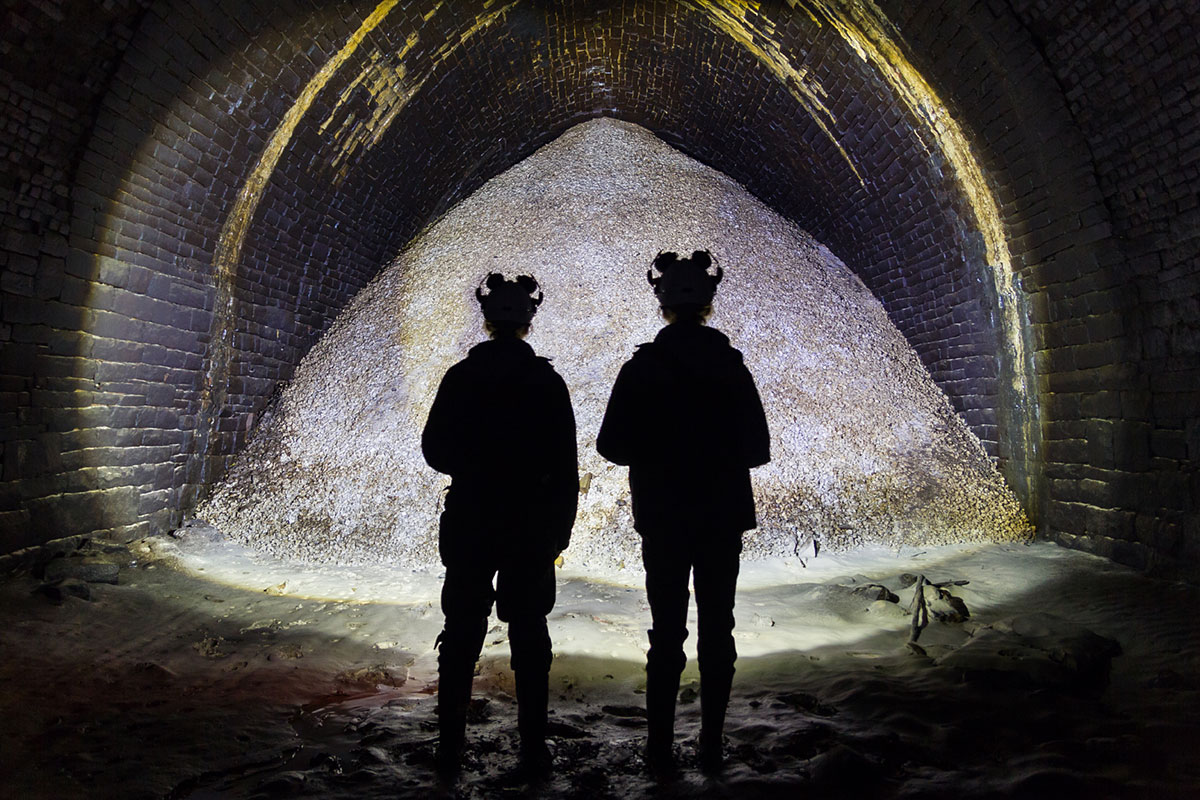
In October 2019, National Highways infilled a ventilation shaft at Queensbury Tunnel - blocking the route of the proposed Bradford-Halifax Greenway - under emergency permitted development rights despite Bradford Council issuing a Planning Contravention Notice, asking for the work to stop.
PHOTO: QUEENSBURY TUNNEL SOCIETY
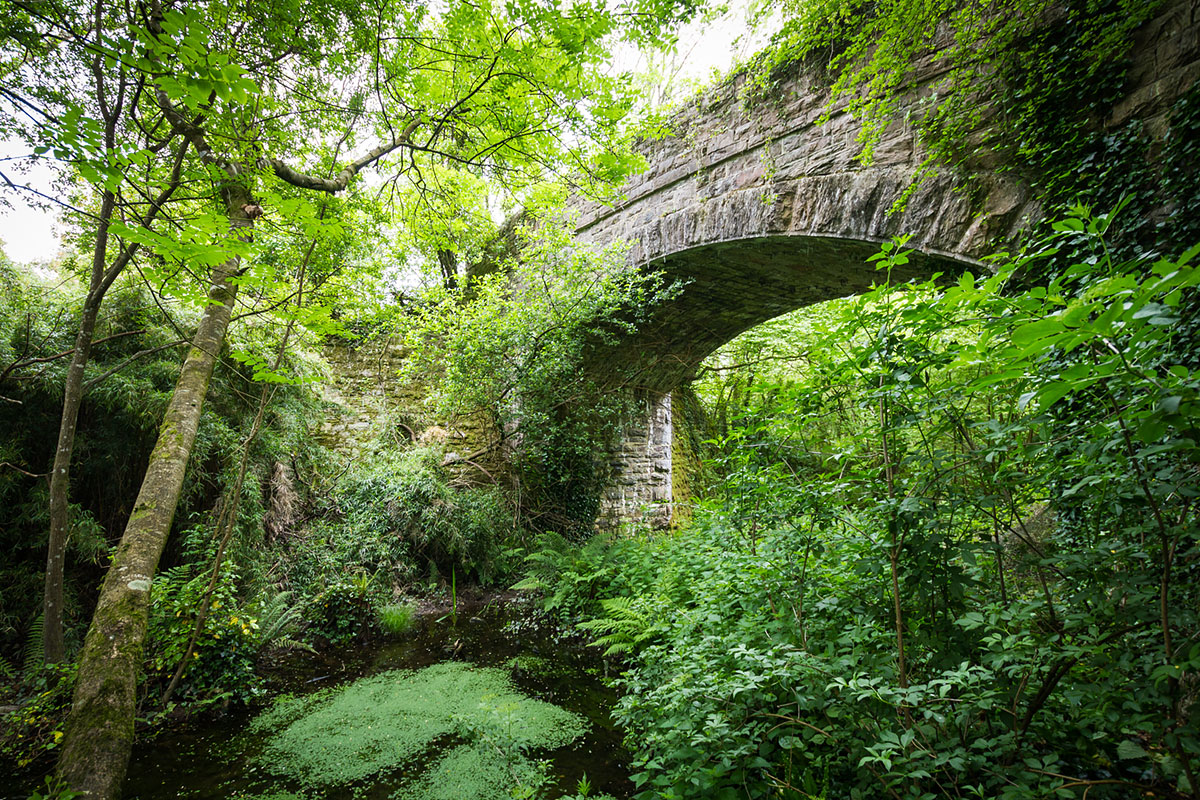
On 10 September 2020, National Highways launched its attempt to systematically misapply emergency permitted development rights, telling local planning authorities of its intention to infill 29 historic bridges "to prevent an emergency arising". Thankfully, all the structures - including this Brunel bridge in Cornwall - remain intact.
PHOTO: THE HRE GROUP
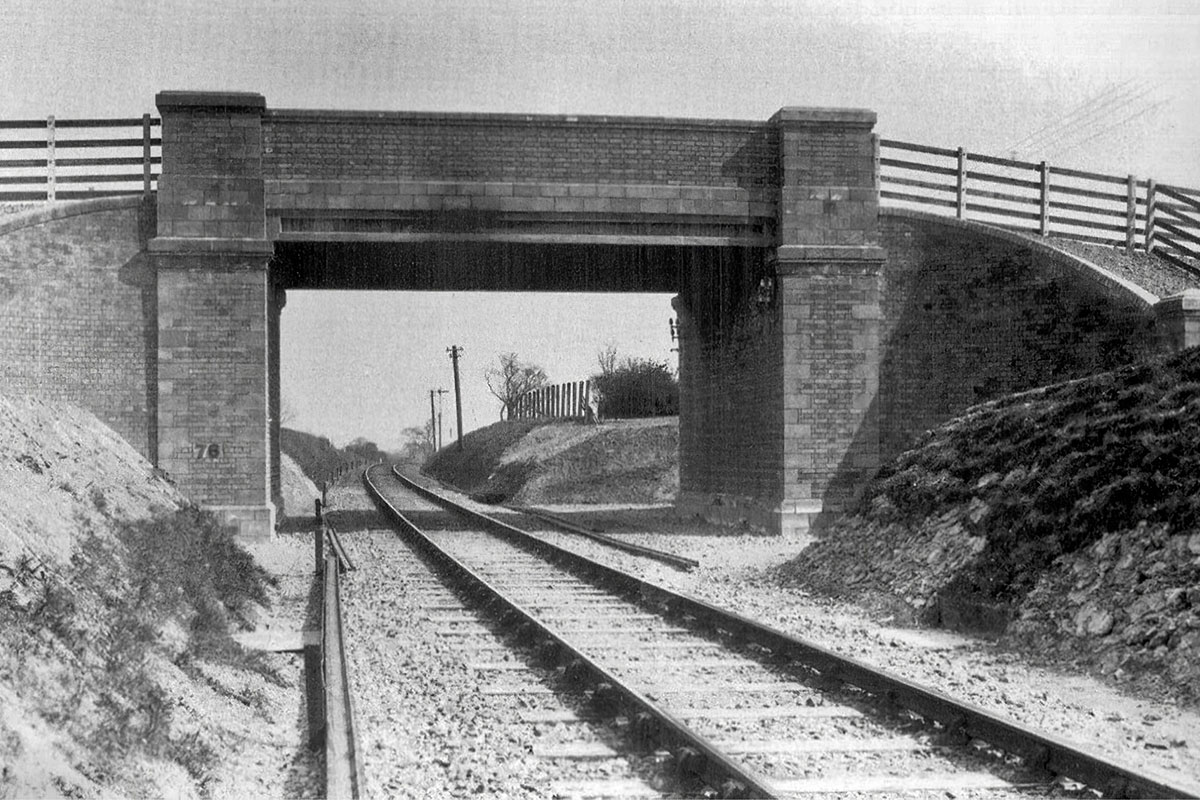
In spring 2021, National Highways infilled the only surviving complete example of a modular precast concrete bridge built to a system developed by the eminent engineer William Marriott. The work was carried out under emergency permitted developments rights which the company misapplied, resulting in the local planning authority requesting a retrospective planning application which was subsequently refused.
PHOTO: M&GN TRUST
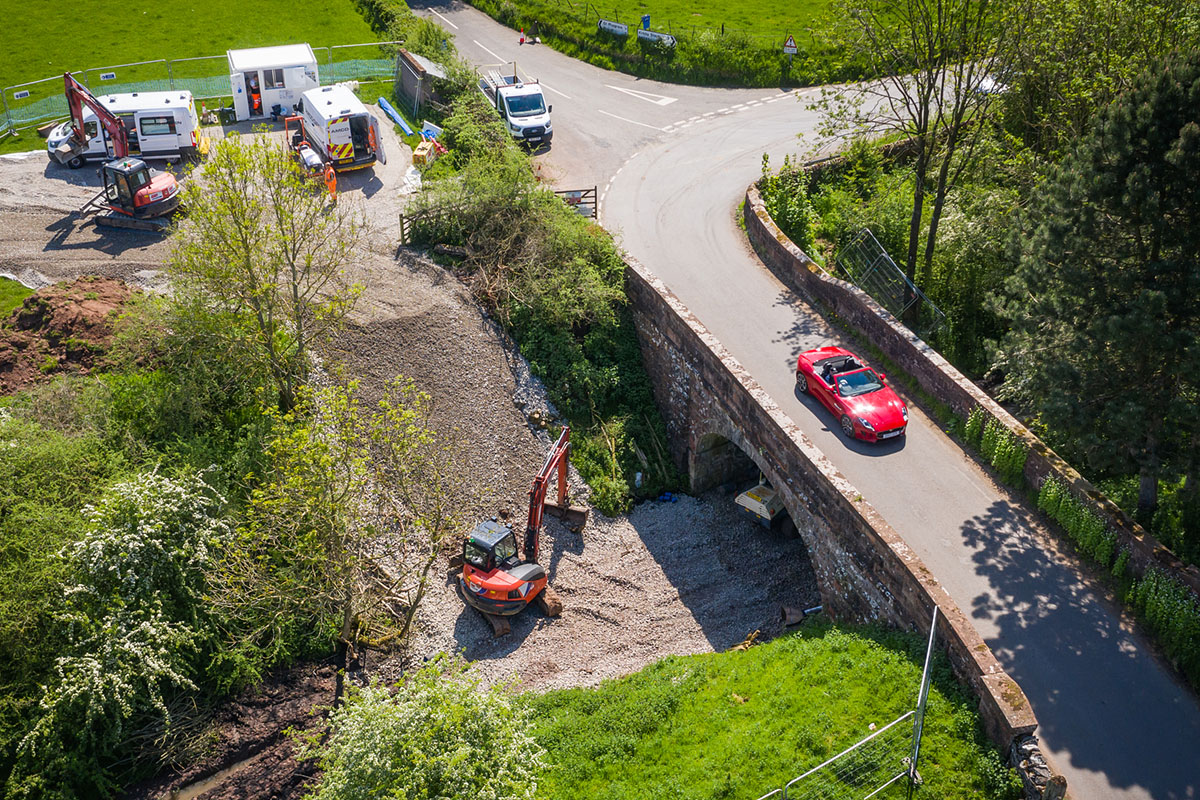
On 28 May 2021, National Highways' engineer rejected Eden District Council's request not to start its infill scheme at Cumbria's Great Musgrave bridge, a decision which ultimately resulted in untold damage to the company's reputation and prompted the Government to step in, stopping its unjustified and destructive works programme. The infill has now been removed.
PHOTO: THE HRE GROUP
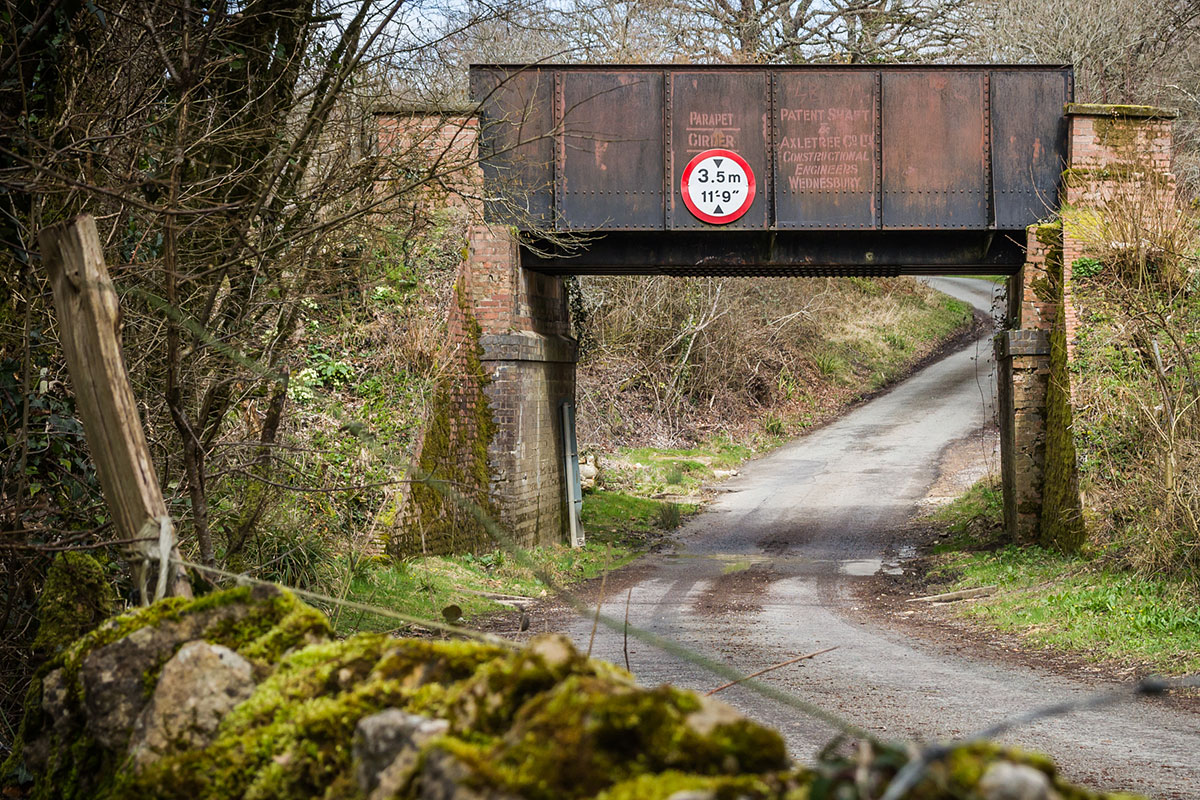
On 8 October 2021, National Highways hosted the first meeting of its Stakeholder Advisory Forum which was established as part of a new approach to decision-making around major works to Historical Railways Estate structures. It is not yet clear to what extent the views expressed by Forum members are having a meaningful impact. Three structures which The HRE Group believes should be retained are earmarked for infilling or demolition during the 2023/24 financial year.
PHOTO: THE HRE GROUP
About Us
The HRE Group is an alliance of walking, cycling and heritage campaigners, engineers and greenway developers who regard the Historical Railways Estate’s structures to be strategically valuable in the context of building a better future.
Last updated 21 October 2025
© 2025 The HRE Group


